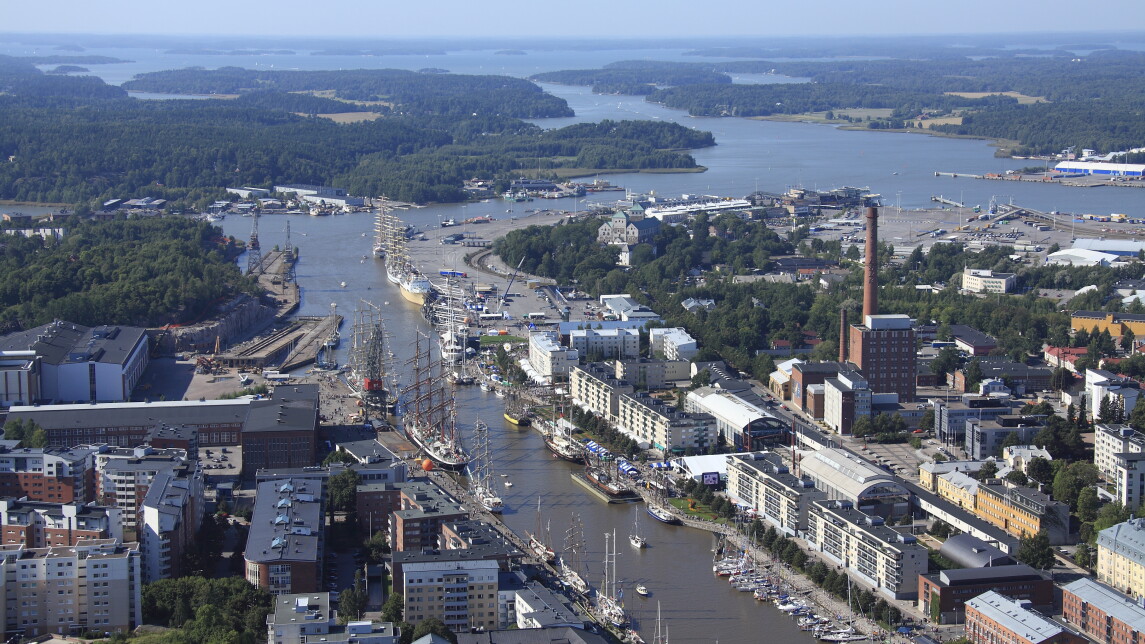The project Smart Port City considers the upcoming spatial changes at the Port of Turku as catalyst for comprehensive development of digital integration of city-port infrastructure. The research carried out by the Centre for Collaborative Research (CCR) at the Turku School of Economics focuses specifically on urban development scope of the project. The project is funded by the Turku Urban Research Programme (01.2023-12.2024) and is coordinated by the Laboratory of Industrial Management at Åbo Akademi University (ÅAU).
In the pursuit of a sustainable, economic, and spatial co-existence with cities, an increasing number of ports are adjusting, rearranging, and optimizing their operations and infrastructure as a response to urbanization, expanding residential areas and other alternative land use needs by their seafronts. Such changes are upcoming at the Port of Turku. Construction and completion of a new (joint) cruise-ferry terminal will free the land area around Turku Castle and Aura River estuary (Linnanniemi area) for urban development.
Along with these spatial changes that support the physical integration of the city and the port, the Smart Port City project is centralised on the digital integration of city-port infrastructure. The integration of various digital solutions including, for example, end-to-end journey planning tools, parking or park’n’ride solutions, shared mobility, tourist information on city sights, ongoing happenings, services, intermodal mobility options and optimisation of cargo flows enable, in turn, optimal practical use and exploitation of the physical infrastructure of the city and the port.
“Digitalisation is already happening, both at the city and the port, and a myriad of digital solutions are available for enabling smart transportation, operations, and reducing emissions. However, an aligned digital transition pursued by both parties in concert can unfold even greater benefits of digitalization and bring about a truly smart port-city”, explains Project Researcher Anastasia Tsvetkova, Laboratory of Industrial Management ÅAU.
For example, the solutions enhancing overall traffic flows to and from the port area not only depend on the physical road infrastructure but can be further optimized with the implementation of a ‘smart traffic light’ system. As regards passenger flows, customer experience highly depends on the possibility to predict and plan the journey, which starts already from home. Here, solutions like Mobility as a Service (MaaS) can play a role in both providing the integrated information on the journey to the port and reduce the passengers’ need to arrive by car. Smart Port City project identifies the crucial interfaces for digitally integrating the city with the port.
“One of the aims of our project is to understand how technological developments start to shape the actual practice in everyday life and therefore we emphasise the role of different actors, instead of emphasising the role of new technologies which has been done in many other previous studies on smart”, comments Project Researcher Kristel Edelman, the Centre for Collaborative Research CCR.
The project contributes to the studies of smart cities and smart ports by researching the agency of various actors in a smart city-port ecosystem for the implementation and integration of various technologies in digital infrastructure of city and port and identifying the impact of institutionalised practices on setting the path for this integration.

